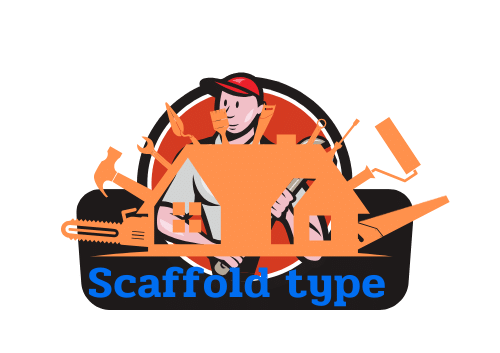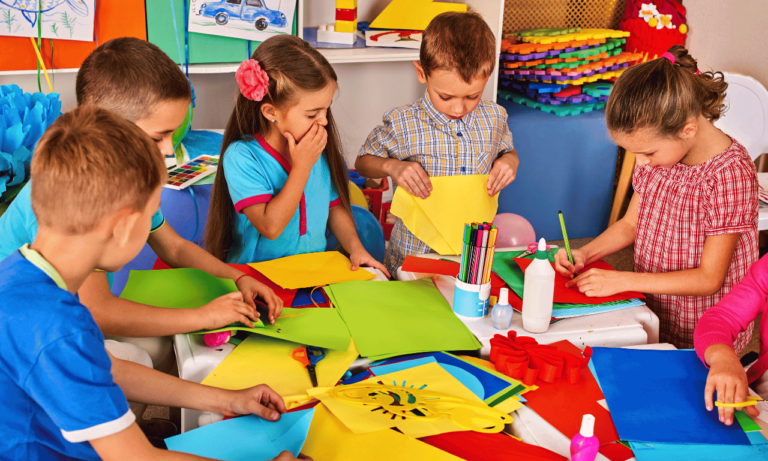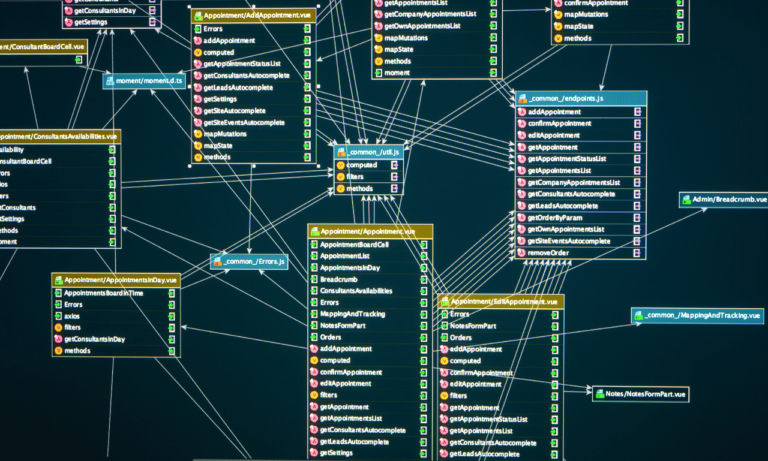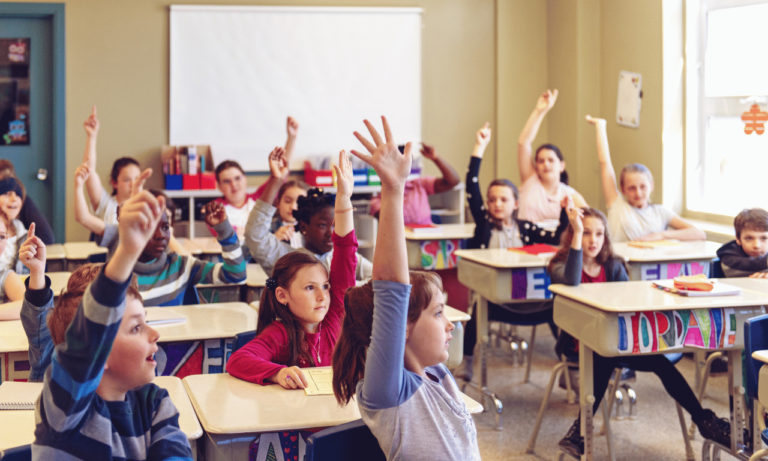Phone:
(+65)8319-0742
As educators, maximizing academic success hinges on implementing effective educational support strategies that cater to varied learning styles. These approaches are foundational in helping students reach their zenith of academic prowess and becoming active participants in their education. In a world where classrooms serve as microcosms of diverse intelligence and creativity, the role of a teacher becomes ever more critical. Embracing adaptable teaching methods, such as visualization, not only invigorates classrooms but also forges a lifelong impact on students by drawing real-world connections. The Educational Development Center (EDC) reiterates the significance of such support by advocating for professional learning that aligns with the pressing needs of today’s dynamic educational settings.
This personalized approach, embracing various student success strategies, allows educators to resonate with each unique learner. A key aspect of this adaptive methodology lies in offering a spectrum of learning aidsâfrom audiovisual materials that brilliantly illustrate concepts, to mind-mapping that fosters critical thinking skills essential for the artisans of tomorrow. The integration of these strategies exemplifies a commitment to nurturing the diverse potentials present within every educational journey.
Key Takeaways
- Adaptable teaching methodologies enhance student engagement and participation.
- Visualization aids, including audiovisual materials and mind maps, significantly boost concept comprehension.
- Professional development programs that align with classroom realities are crucial for teacher success.
- Educational support should be versatile to address the individual needs of students.
- Inclusive academic strategies by teachers are instrumental in shaping future generations.
Embracing the Dynamic Classroom: Adaptable Educational Support Strategies
Modern classrooms are a blend of unique personalities and learning abilities, necessitating educational support strategies that can adapt to these complexities. It’s essential to foster a learning environment that not only supports but thrives on the mixture of students’ individualities and strengths. Through strategic student assistance programs, educators are finding new ways to cater to the kaleidoscopic needs of their students.
One flexible approach is the implementation of cooperative learning programs where students are encouraged to work in groups, fostering an inclusive atmosphere that promotes social and intellectual growth. This method helps build essential teamwork skills and allows students to benefit from peer contributions, a key component of effective learning support programs.
Another pivotal element is differentiated instruction, which recognizes the diversity of students’ learning levels. By adapting lesson content, instructional methods, and learning environments, educators can tailor their approach to suit individual comprehension capacities. This might manifest as grouping students in an English Language Arts (ELA) class based on their reading skills and offering tailored assessments to each group, thus ensuring everyone progresses at an appropriate pace.
- Collaborative Projects
- Peer-led Discussions
- Targeted Study Groups
An educational intervention is sometimes necessary when students face academic hurdles. Interventions can range from one-on-one tutoring to small group sessions that target specific learning objectives. These measures are essential in leveling the educational playing field and providing every student with the tools needed to succeed.
In addition to these strategies, effective student assistance programs may include:
- Academic and Personal Counseling Services
- Skills Workshops Involving Critical Thinking and Problem-Solving
- Mentorship Programs Linking Students with Inspirational Role Models
| Strategy | Description | Benefits |
|---|---|---|
| Cooperative Learning | Group-based learning activities | Promotes teamwork and peer learning |
| Differentiated Instruction | Teaching methods and materials adapted for different learners | Addresses individual learning needs |
| Educational Interventions | Targeted support to overcome learning obstacles | Provides personalized assistance for academic growth |
To sum up, embracing the dynamism of the classroom through adaptable educational support strategies is not just a benefit but a necessity. As educators refine their learning support programs and expand their student assistance programs, they pioneer the path for every student to achieve success. These enriched environments where every student’s learning journey is valued and supported forge the cornerstone of tomorrow’s educated and empowered society.
Visualizing Concepts for Enhanced Academic Success

Today’s educational landscape continually evolves with technological advancements, and effective educational strategies must leverage these changes to maximize student success. Among these, visualization stands as a cornerstone of contemporary education, enabling students to grasp complex concepts with greater clarity. This approach is vital not just for visual learners but for all students, as it complements traditional teaching techniques and fosters a more engaging learning environment.
Utilizing Multimedia as Effective Educational Resources
Through academic mentoring, educators are recognizing the benefits of incorporating multimedia into their lessons. Videos, images, and audio segments serve as powerful educational resources to present information in memorable and impactful ways. These elements can paint a vivid picture of the material, facilitating a deeper understanding and retention of subject matter. Effective use of multimedia in the classroom is a testament to the commitment of educators to provide a rich, multi-sensory educational experience.
Interactive Mind Maps and Diagrams for In-Depth Understanding
Building upon visualization, the use of interactive mind maps and diagrams allows for in-depth exploration of topics, engaging students and encouraging them to make connections within the curriculum. These visually oriented tools support critical thinking and can simplify the digestion of elaborate information. They also present opportunities for academic mentoring, where mentors can guide students through complex diagrams, enhancing their cognitive skills through tailored educational support.
- Multimedia applications in lesson planning
- Designing interactive mind maps for various subjects
- Strategies to incorporate diagrams for maximum engagement
Visualization in education is not just an additive layer; it’s a transformative approach. It empowers students to synthesize knowledge through a visual context, lending itself to a more comprehensive and dynamic educational experience. Thus, educators are encouraged to continually integrate these varied modalities into their pedagogy, paving the way for heightened academic success.
Educational Support Strategies

In the realm of education, the introduction and implementation of effective teaching methodologies remain central to the advancement of academic coaching and the overall learning experience for students. Central to these methodologies is the fostering of an environment ripe for peer-to-peer knowledge sharing, underlining the collaborative spirit of modern educational paradigms.
Facilitating Cooperative Learning and Peer Support
Cooperative learning stands out as a prime example of how peer-to-peer knowledge sharing can be seamlessly integrated into the classroom setting. By organizing students into groups, educators can cultivate a learning ecosystem that not only encourages collaborative problem-solving and the delegation of tasks according to individual strengths but also instills essential social skills and a sense of community. Such approaches align with the tenets of educational support services, which endorse collective intellectual growth as much as individual achievement.
Indeed, the myriad of benefits associated with cooperative learning is supported by evidence suggesting that when students engage in academic coaching in a group setting, they tend to perform better, retain information more efficiently, and have a more enjoyable and engaging educational experience.
Differentiated Instruction Catering to Learner Diversity
The heterogeneity of learner aptitudes and preferences necessitates a tailored approach to instruction, an educational support strategy known as differentiated instruction. This strategy is the hallmark of educational support services, where educators are encouraged to modify their curriculum to fit the diverse learning pathways of their students. Differentiated instruction may involve varying the depth and complexity of subject matter or modifying instructional methods and means of student expression to ensure every student can access the curriculum equitably.
This approach speaks to the foundation of academic coaching, where the individual needs of the student are addressed through customized education plans. The ultimate goal is to reach and successfully teach each learner, acknowledging that standardization often overlooks the unique abilities and potential within each child.
Overall, by integrating academic coaching frameworks into cooperative learning environments and applying differentiated instruction to cater to the rich tapestry of learner diversity, educators are setting a strong precedent for the future of educational support servicesâone where student empowerment and collaborative growth are at the forefront.
Engaging Students with Gamification Techniques

Gamification in education has emerged as an innovative educational support strategy that infuses gaming elements into the learning process, aiming to boost student engagement and foster academic success. Through gamification, educational content isn’t just imparted; it’s experienced and interacted with in a manner that stimulates motivation and participation. This approach capitalizes on the innate desire for achievement and recognition that games inherently provide.
One fundamental way gamification revolutionizes education is by transforming the traditional point-based system into a more complex rewards structure. This includes elements such as digital badges, leaderboards, and unlockable levels. Each of these game mechanics acts as milestones of progress and proficiency, encouraging students to set goals and strive for excellence in their academic pursuits.
Key components of gamification:
- Points: Represent quantitative measures of student achievement.
- Badges: Visual symbols of milestones and competencies gained.
- Leaderboards: Public displays of progress encouraging friendly competition among peers.
- Levels: Stages of complexity within a subject, unlocking as students advance.
- Quests: Real-world challenges that correlate to lesson objectives.
Such game-like dynamics tap into a range of motivational triggersâcompetition, achievement, social interaction, and moreâaligning with varied student interests and learning styles. More than just a playful addition, these mechanisms are part of what makes educational gamification an effective tool for reinforcing learning outcomes and paving the way for academic success.
Integrating gamification requires thoughtfulness to ensure that the game elements enhance rather than overshadow the educational content. Teachers who apply these educational support strategies do so with a focus on curriculum alignment, ensuring that the fun of the game translates into meaningful academic gains. This balance is crucial to maintaining the integrity and quality of education while harnessing the engaging power of gamification.
Ultimately, gamification in education isn’t about turning classrooms into arcades but rather employing thoughtful game design principles to create an enriched learning environment where students are excited to participate and motivated to succeed.
Advancing Learning through Inquisitive and Student-Centered Methods
In the pursuit of academic success, the power of student-centered inquiry cannot be overstated. This educational approach honors the student as an active participant, empowering them to steer their own learning journey. Teachers serve as facilitators, guiding learners through a process of discovering and constructing knowledge, rather than dictating it. The autonomy afforded by this method energizes the classroom, forging a deeper connection between students and their studies.
Inquiry-Based Instruction for Autonomous Learning
At the heart of inquiry-based instruction is the development of autonomous learners, capable of navigating the complexities of the world with confidence and critical thinking skills. By embracing student-centered inquiry, educators set the stage for a form of learning wherein students learn to ask insightful questions and develop strategies to find answers, fostering an academic environment rich in exploration and intellectual growth.
Boosting Student Engagement with Project-Based Learning
Parallel to the inquiry method, project-based learning (PBL) presents an avenue for students to engage in comprehensive, interactive projects that mirror real-world challenges. PBL not only complements inquiry-based instruction but also encapsulates the essence of student-led exploration. As learners collaborate on meaningful tasks that require a blend of creativity, analysis, and synthesis, they establish a sense of ownership over their educational achievements, augmenting their zeal for learning and paving the way for substantial academic success.
FAQ
What are some top educational support strategies for teachers?
Top educational support strategies for teachers include using visualization techniques, implementing adaptable teaching methods, differentiating instruction to meet students’ needs, cooperative learning, gamification, inquiry-based instruction, and project-based learning. These strategies are aimed at enhancing academic success and student success.
How can educators embrace the dynamic nature of their classrooms?
Educators can embrace their dynamic classrooms by adopting adaptable educational support strategies such as educational interventions, learning support programs, and student assistance programs. These measures help manage diverse learning environments and ensure that each student receives appropriate support for their academic journey.
Why is visualizing concepts important in achieving academic success?
Visualizing concepts is important for achieving academic success as it enables students to better grasp abstract ideas by making real-world connections through the use of multimedia resources, interactive mind maps, and diagrams, fostering in-depth understanding and retention.
How does utilizing multimedia serve as effective educational resources?
Utilizing multimedia as educational resources, such as photos, videos, and audio clips, helps create mental imagery tied to educational content. This approach caters to different learning styles, helps enhance understanding, and keeps students engaged with the material.
What role do interactive mind maps and diagrams play in education?
Interactive mind maps and diagrams facilitate in-depth exploration and understanding of subjects. They enable students to visualize connections between concepts and organize information systematically, supporting analytical thinking and memory retention.
What is cooperative learning and how does it support academic coaching?
Cooperative learning is a teaching strategy where students work together in small groups to achieve learning objectives. It supports academic coaching by enhancing peer-to-peer knowledge sharing, building teamwork skills, and allowing students to benefit from diverse perspectives and strengths.
What is differentiated instruction and how does it cater to learner diversity?
Differentiated instruction is a teaching approach that adjusts content, processes, and learning environments to meet the varying needs of students. It caters to learner diversity by acknowledging that students have different abilities, learning styles, and interests, and provides personalized educational support services to help all students succeed.
How do gamification techniques engage students in learning?
Gamification techniques engage students by incorporating game design elements into the learning process. Elements such as points, badges, leaderboards, and interactive challenges create an exciting and competitive atmosphere, which can motivate students to participate more actively and reinforce their learning.
What is inquiry-based instruction and how does it foster autonomous learning?
Inquiry-based instruction is a student-centered teaching method that encourages students to explore, ask questions, and develop their own understanding of topics. It fosters autonomous learning by prioritizing the student’s role in discovery and problem-solving, which leads to independent thinking and a deeper engagement with the material.
How does project-based learning (PBL) boost student engagement?
Project-based learning (PBL) boosts student engagement by allowing students to work on extensive, real-world tasks that require the application of knowledge and skills. PBL encourages collaboration, critical thinking, and problem-solving, thereby promoting a hands-on, in-depth learning experience that resonates with students and stimulates their interest.
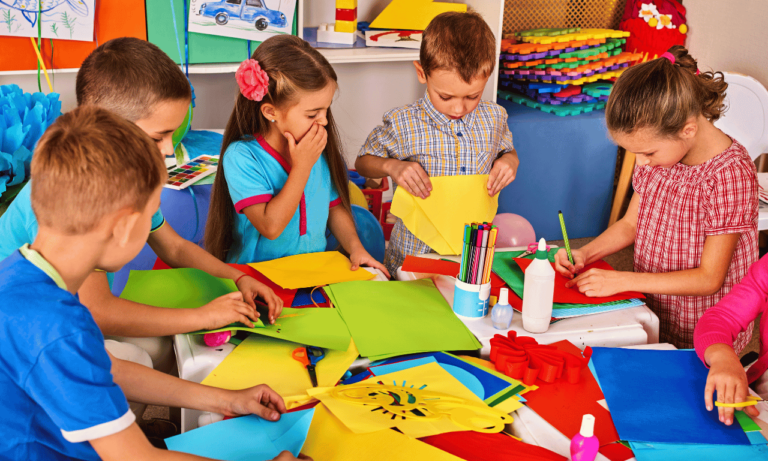
Understanding What is Scaffolding in Child Development
When it comes to nurturing the minds of the young, What is Scaffolding in Child Development is a question…

Effective Instructional Scaffolding Strategies
Unlocking the full potential of each student is the cornerstone of successful education. With effective…

Understanding Vygotsky Scaffolding in Education
The concept of Vygotsky Scaffolding has become a cornerstone within the realm of educational scaffolding,…

Unlocking Potential with Zone of Proximal Development
In the realm of educational psychology, the Zone of Proximal Development stands as a seminal concept…

Enhance Skills with Guided Learning Techniques
The realm of education is continuously evolving, presenting new challenges and opportunities for skill…
No posts found
